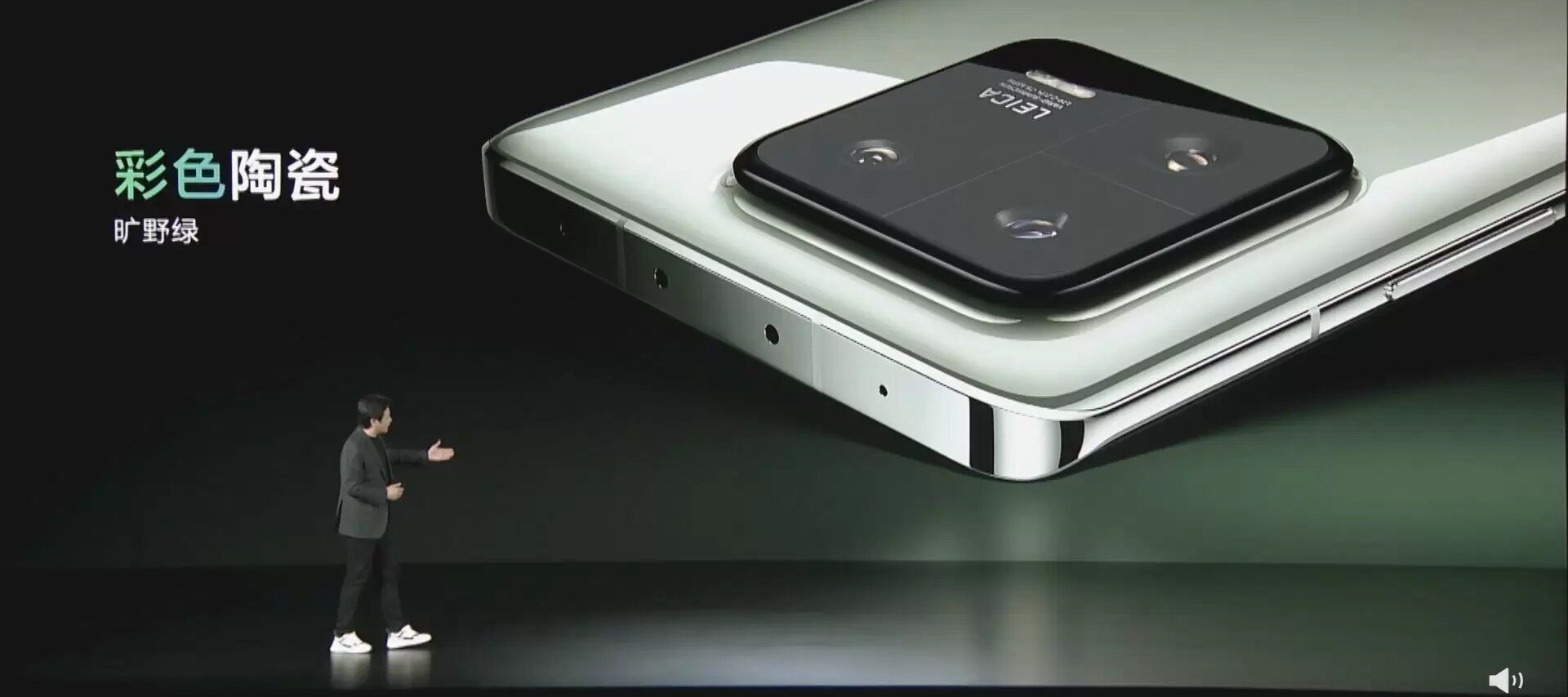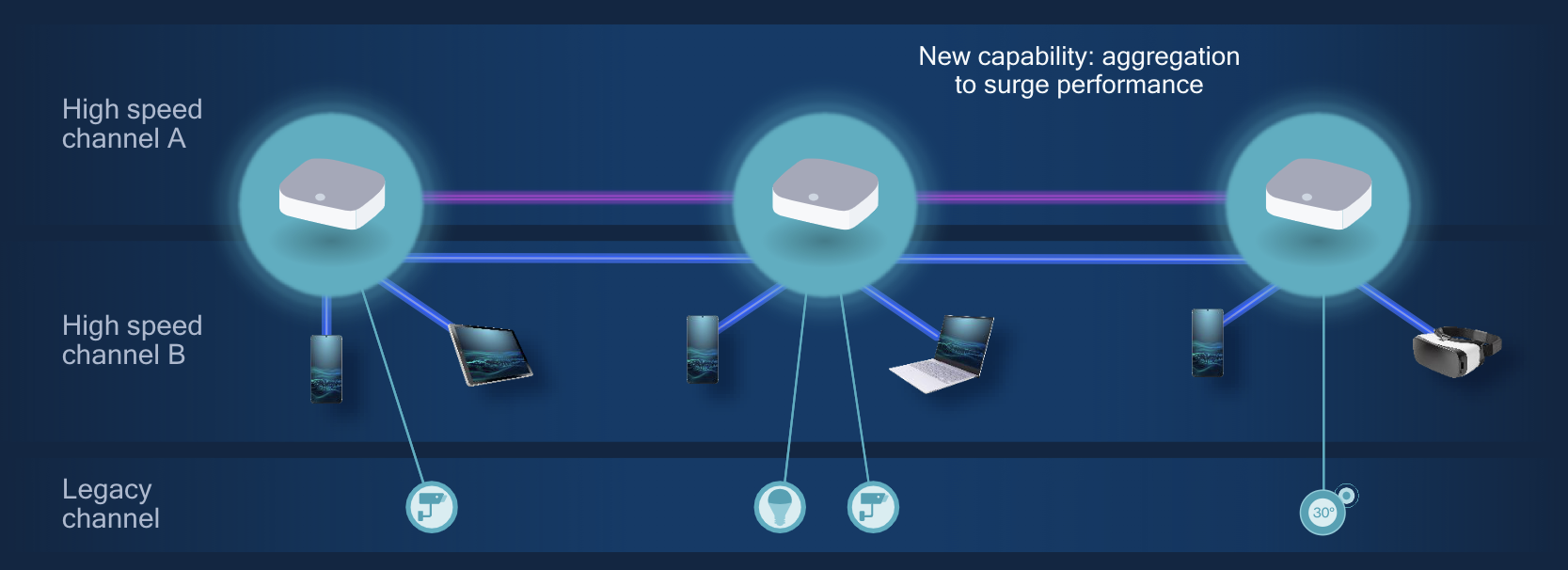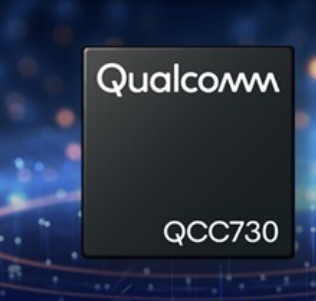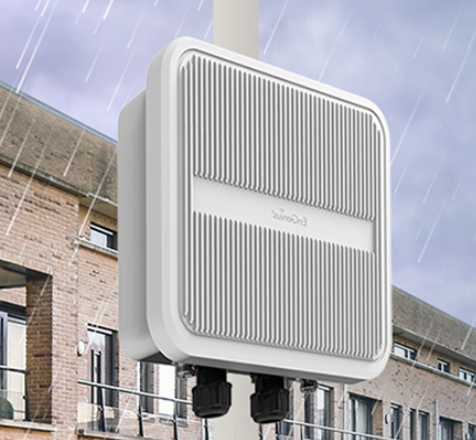
By Claus Hetting, Wi-Fi NOW CEO & Chairman
Just a few weeks ago we predicted that the first Wi-Fi 7 phone would be released at Mobile World Congress 2023 in February. We now have to eat our words. Yesterday leading Chinese smartphone vendor Xiaomi released the world’s first Wi-Fi 7-capable client device powered by Qualcomm’s Snapdragon 8 Gen 2 platform. To top it off Qualcomm today released their new ‘Immersive Home’ Wi-Fi 7 chipset platform.
Yesterday China’s Xiaomi launched the world’s first Wi-Fi 7-capable smartphone in the form of the Xiaomi Mi13 Pro. The phone is the first to be powered by Qualcomm’s new Snapdragon 8 Gen 2 platform and so far the phone has only been released for the Chinese market. Snapdragon 8 Gen 2 comes integrated with Qualcomm’s FastConnect 7800 Wi-Fi 7 connectivity platform (for more read here).
Why release a Wi-Fi 7 phone in a country with no 6 GHz spectrum?
China – an enormous market for smartphones and connectivity in general – has yet to give any indication that they intend to release any of the 6 GHz band to Wi-Fi and frankly, the prospects of this happening appear bleak at this time. So why would a manufacturer release a Wi-Fi 7 phone in a market that has exactly zero 6 GHz spectrum available?
It is a good question which begs this paradoxical answer: The reason why Wi-Fi 7 launches first in a market without 6 GHz spectrum is precisely because there is no available 6 GHz Wi-Fi spectrum in China. Xiaomi will be using Qualcomm’s Wi-Fi 7 Multi-Link Operation (MLO) feature called ‘High-Band Simultaneous Multi-Link’ or ‘HBS Multi-Link’ to aggregate one 80 MHz and one 160 MHz channel within the 5 GHz band. The end result of using this Wi-Fi 7 MLO feature in the 5 GHz band is – exactly as in the case of 6 GHz – low latency and ultra-reliable performance, Qualcomm says (read more here).
To complete end-to-end Wi-Fi 7 delivery Xiaomi also released a new Qualcomm Networking Pro-powered Wi-Fi 7 consumer grade router at their launch event. The only other Wi-Fi 7-capable AP (in this case enterprise-grade) we know of was introduced by IO by HFCL in October, also powered by Qualcomm.
Qualcomm releases Wi-Fi 7 platforms for dynamic, multi-link mesh
Meanwhile Qualcomm released today their latest Wi-Fi platform for home networks in the form of two new Immersive Home Wi-Fi 7-capable chipsets: Models 3210 and 326. The higher-end 3210 delivers a peak (PHY) data rate of up to 20 Gbps in a tri-band 2+4+4 configuration (ten streams) while the 326 model is capable of 10 Gbps in a 2+2+2 configuration (six streams). Qualcomm says the new platforms deliver up to 9.6 times the Wi-Fi capacity of legacy Wi-Fi 5 systems.
Besides the impressive speeds and low latency inherent to the Wi-Fi 7 standard the new Immersive Home platform is designed to deliver sophisticated new ways of configuring mesh networks dynamically to match load and interference conditions, Qualcomm says. This includes aggregating channels for higher capacity backhaul when needed and dynamically switching away from interfering channels as required either for mesh backhaul or for connecting end-user devices.

Qualcomm says the end result of multi-link mesh is up to 3.5 times higher mesh networking capacity, twice the device speed at the typical in-home distance, and a 75% reduction in latency – all compared to current Wi-Fi 6/6E mesh networks using 160 MHz dedicated backhaul links. All of this leads to whole-home multi-gigabit performance, Qualcomm says.
The two new chipsets are also physically much smaller than Qualcomm’s Networking Pro series (designed for enterprise-grade APs) which means we can reasonably expect smaller form-factor Wi-Fi 7 connected home devices in the near future. The platforms are sampling now and will be made commercially available in 2H23, Qualcomm says.
/Claus.









